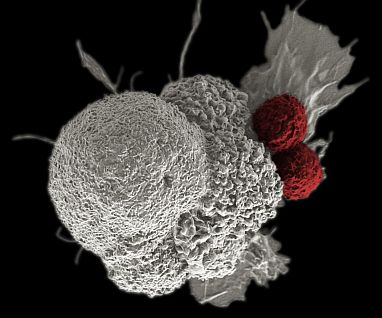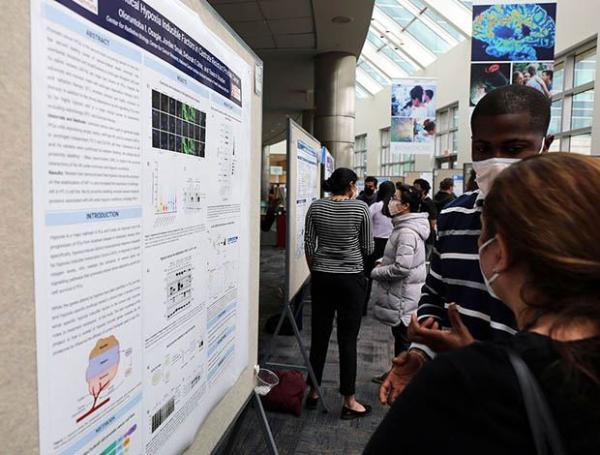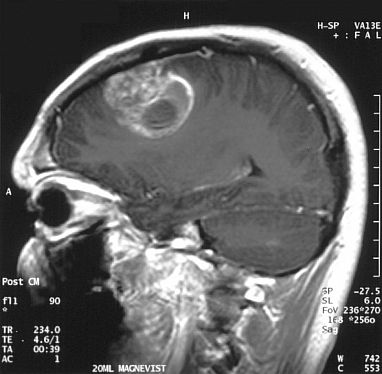Dying Tumor Cells Suppress Anti-Cancer Immune Response
IRP Study Points to Strategies to Stop Disease From Spreading
Ancient Greek myth describes how the hero Hercules battled the many-headed hydra, which regrew two heads every time Hercules cut one off. This frustrating fight against a seemingly invulnerable opponent would be an apt metaphor for treating cancer, in which tumor cells sometimes die in a particular way that actually helps their brethren multiply and spread to other parts of the body. In a study of that phenomenon using a mouse model of breast cancer, IRP researchers discovered that it occurs because that form of cell death suppresses the immune system’s response to the cancer, a finding that points to several potential ways to improve cancer therapy.










